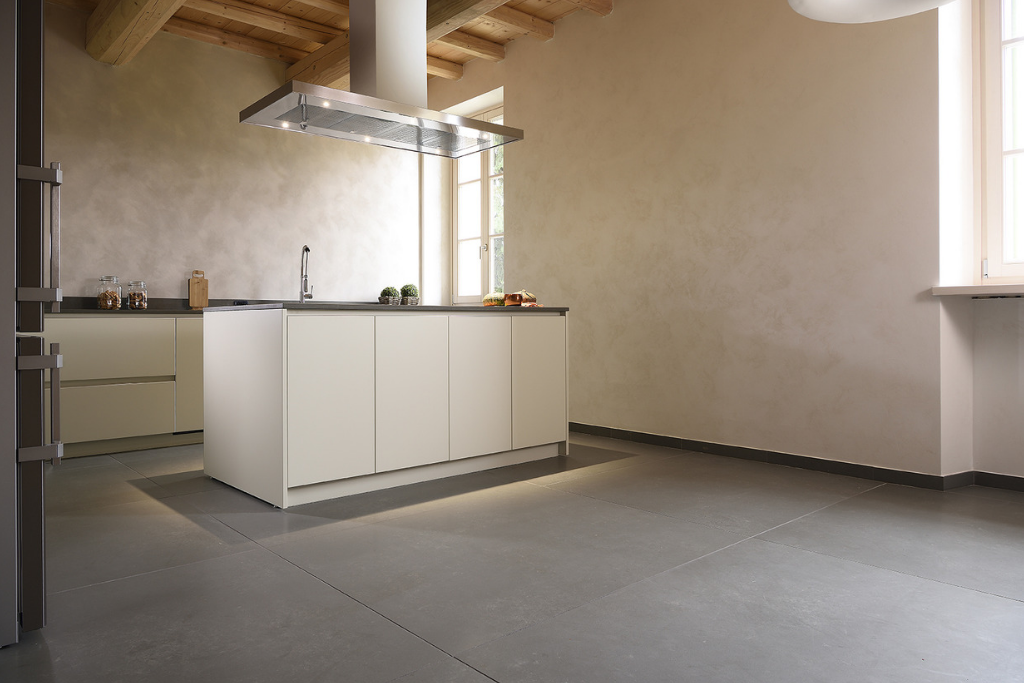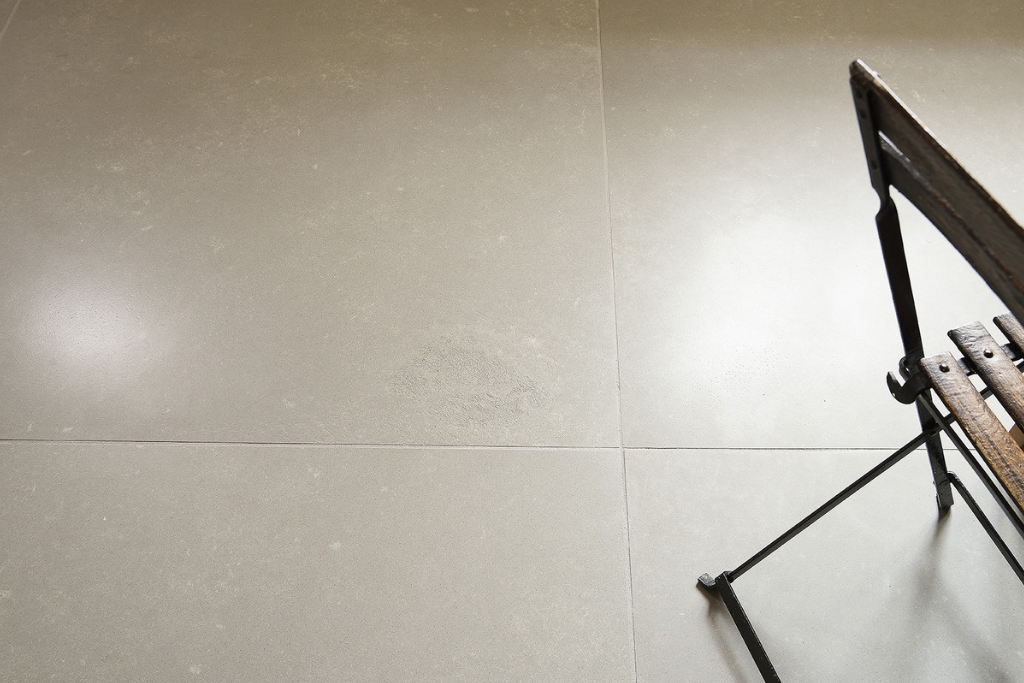Starting from the point of view of aesthetics, which is the first feature that impresses a person entering a room, quartz and marble agglomerate floors differ from ceramic, parquet or cement tiles indeed because of the seamless effect.
The gaps between modules in fact are not the highlight of the floor design, but are well concealed. I asked color designer Francesca Valan, (she has extensive experience in studying and designing colors and finishes, is a consultant for international companies and curates many exhibitions such as “Colore”, held at Muba in Milan) what criteria apply in choosing this type of floor.
“The floor is one of the most important choices in a house, – says Francesca Valan – in fact it is much easier to change the color of the walls. That is why my first advice is to always get a sample and place it in the rooms to see what effect it has on the actual spaces and light of the premises.”
“Plus there is a principle that I consider to be crucial when making decisions about one’s own home – continues Valan – and that is, one should start with what one truly likes, without being too swayed by trends. In fact, current trends are always short-lived in comparison to the long life of a floor.”

(The floor of this kitchen is made with SM Quartz – Metropolis)
According to Francesca Valan there are nevertheless three criteria to keep in mind when making a choice:
- If we are not talking about a primary residence, for example, a holiday home, then the floor can even be very unique featuring a specific texture and bold colors, whereas it is better to use the most neutral hues and decorations possible for the floor of your main residence.
- In a small room it is best to opt for floors with a solid color or fine texture, as large texture surfaces make the room appear even smaller, in addition to interfering more with the furniture.
- When the natural light does not completely hit the entire room, the color of the floor must be light. Yet one needs to adhere to a basic rule: in the living room of the home, or in any case in the rooms that are used during the day, the hue of the floor must be darker than the walls and ceiling, whereas the rooms that are used at night follow the opposite rule, that is, the walls and ceiling must be darker than the floor.
Agglomerate floors in general, such as Metropolis and Vittoria White by Santamargherita (pictured here), are a suitable type if they continue throughout the entire house, or almost. It is not a good idea to break up the seamless effect by using different materials in different rooms. Basically, the advice is to use the same floor for at least the entire living area of the house.

Santamargherita quartz agglomerate is ideal for surfaces that require high technical performance. It is obtained from select quartz sand and resins certified for contact with food. The products in the SM Quartz line also offer high flexural strength and are scratch and acid resistant. The Metropolis line in particular stands out for its surface roughness that provides a visually interesting texture.
Lastly, another possibility offered by seamless effect floors is allowing the furniture and accessories to shine: these may even be chosen in bright colors, since they can be replaced more easily than the floor.
Giorgio Tartaro
